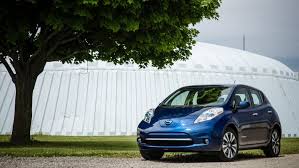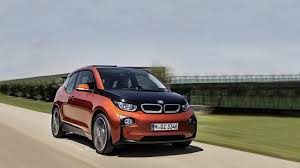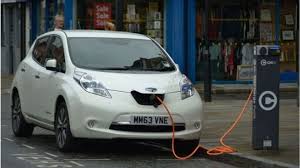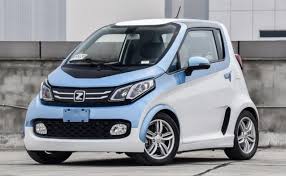install charging points
A study on the example of the VW Golf: the ownership of the electric car cheaper than cars with internal combustion engines in 5 European countries
 Electric cars have become cheaper to own than their petrol or diesel alternatives in five European countries — the UK, Germany, France, the Netherlands and Norway.
Electric cars have become cheaper to own than their petrol or diesel alternatives in five European countries — the UK, Germany, France, the Netherlands and Norway.
In the course of research of the International Council for environmentally friendly transport (ICCT) were studied the costs of purchase, fuel and taxes for the bestseller in Europe Volkswagen Golf in electric, hybrid, gasoline and diesel versions in 5 countries in Europe — the UK, Germany, France, the Netherlands and Norway. Continue reading
Plug-in-hybrids — “enabling technology” for the transition to electric vehicles
 Many consider plug-in hybrids to be a transitional stage between cars with internal combustion engines and fully electric cars, but automakers are bringing new plug-in hybrid models to the market, promising even greater efficiency, improved power reserve and more diverse automotive platforms (including SUVs).
Many consider plug-in hybrids to be a transitional stage between cars with internal combustion engines and fully electric cars, but automakers are bringing new plug-in hybrid models to the market, promising even greater efficiency, improved power reserve and more diverse automotive platforms (including SUVs).
The key difference between fully electric cars and hybrid and plug-in hybrid models is the presence of an internal combustion engine. Fully electric cars are driven only by batteries and electric motors and usually have a power reserve of 150-500 km. Plug-in hybrids have a smaller battery capacity, which usually provides a power reserve on one charge of 30-80 km, and a gasoline internal combustion engine that adds another 500 — 800 km of power reserve. Continue reading
Depreciation of electric cars is happening faster than anticipated: in 2022 electric cars will become cheaper than internal combustion engine cars
 Every year BloombergNEF analyzes the cost of buying an electric car in all major parameters and compares it with the cost of a car with an internal combustion engine of the same size. The point of intersection — when electric cars are equal and cheaper than their equivalents to ice – will be a crucial moment for the electric car market.
Every year BloombergNEF analyzes the cost of buying an electric car in all major parameters and compares it with the cost of a car with an internal combustion engine of the same size. The point of intersection — when electric cars are equal and cheaper than their equivalents to ice – will be a crucial moment for the electric car market.
Every year this point of intersection is getting closer. In 2017, according to BloombergNEF analysis, the price parity of ice and electric cars was scheduled for 2026, that is, 9 years later, and in 2018 the intersection point shifted to 2024 — 6 years. Continue reading




